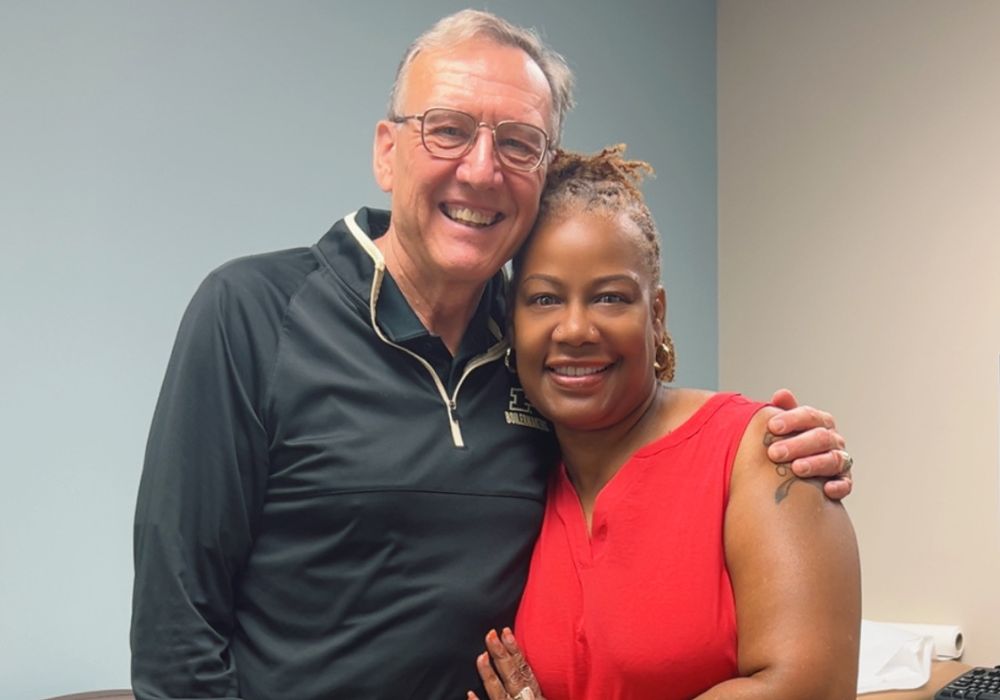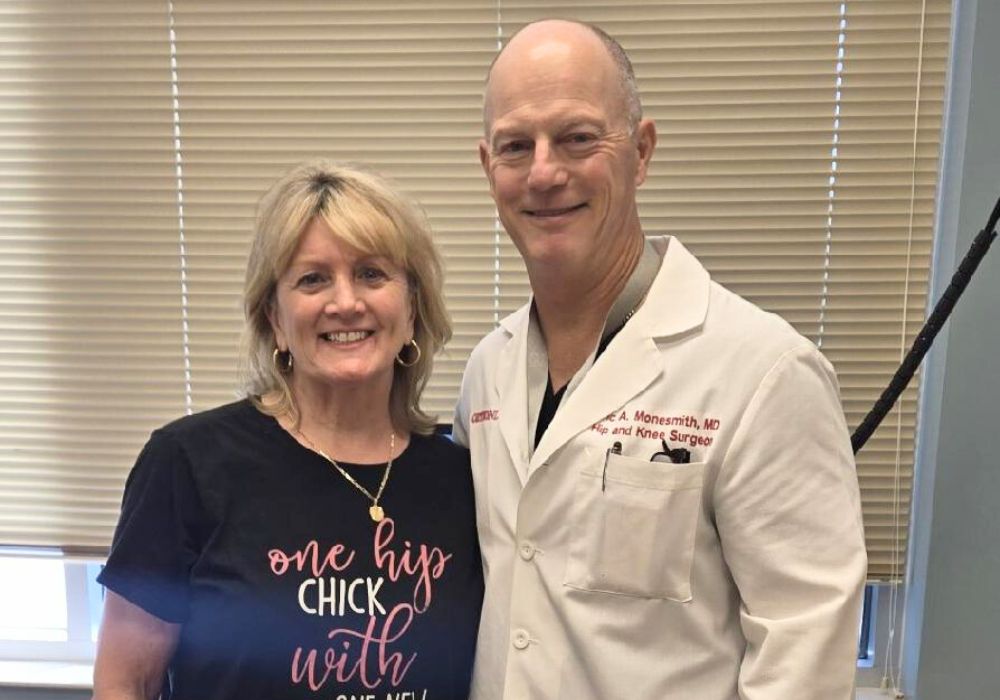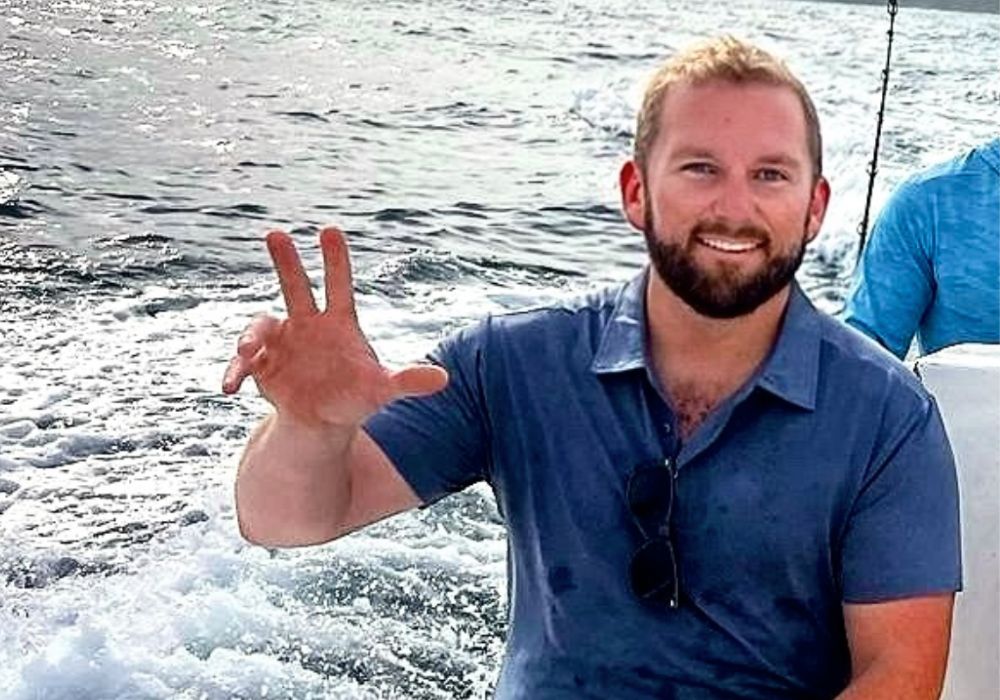Austin and Eli Brown’s lives, like most young men, revolve around sports and staying active. Most boys in high school and middle school are meeting their friends after school for team practices, to shoot some hoops or play some catch. For Austin and Eli it was hard to imagine spending a lot of time doing anything else.
Unfortunately, both, such as competing in sports, working out and even just running around with friends.
“The pain kept me from doing all the things I love,” said Eli. “I couldn’t play soccer or even just run around with my friends without experiencing pain.”
The diagnosis- Osteochondritis dissecans
Dr. Corey Kendall, an OrthoIndy physician, diagnosed both Austin and Eli with osteochondritis dissecans, a joint condition in which a piece of cartilage, along with a thin layer of the bone beneath it, comes loose from the end of a bone. Patients generally notice knee pain and swelling. Often times there may be symptoms of locking or catching. The diagnosis is made with an X-ray or MRI scan.
Osteochondritis dissecans is most commonly found in males between the ages of 10 and 20. Sports that involve jumping, throwing and rapid changes in direction may increase your risk of osteochondritis dissecans.
“We don’t know for sure what causes this to happen,” said Dr. Kendall. “It has been hypothesized that this disease is the result of minor trauma, genetics or local vascular fractures, among other reasons. Ultimately, the bone loses its blood supply and undergoes a process called necrosis. The cartilage however is generally preserved.”
Osteochondritis dissecans can increase your risk of eventually developing osteoarthritis in that joint. While there is no way to prevent osteochondritis dissecans it can be treated.
“Initial treatment is centered upon activity modification,” said Dr. Kendall. “Basically, we try to get the bone to heal. A patient may be placed on weight-bearing restrictions and activity restrictions during this time. However, if the lesion is unstable, surgery may be necessary. The lesions can be stabilized with screws, nails or osteochondral plug transfers. The osteochondral plug transfers are my preferred technique because they decompress the area, provide live bone graft and provide stabilization.”
Austin and Eli both had surgery at OrthoIndy Hospital.
“My experience at OrthoIndy was great. The doctors were very nice and took good care of me,” said Eli. “I really like my physician. He asked for my opinion about my knee and the surgery, not just my parents. I also liked that he was confident he could fix the problem I had.”
Surgery and recovery
Both boys are now pain-free, although the road to recovery was tough.
“I’ve changed a lot since my surgery,” said Austin. “God planned this for a reason; you just need to keep pushing forward on with your life and focus on the good rather than the bad. With the problem I have with my knee, not a lot of surgeons knew how to fix it and I’d already seen three other surgeons.”
Austin’s trainer and coaches recommended that he visit OrthoIndy and Dr. Kendall was the fourth physician he saw.”
“I didn’t know what to think when I went in. I’d previously been told I would never play sports again, and when he said he could fix it, which put a smile on my face, I knew he was the right doctor to do this surgery. He was confident he could fix it, which made all the difference. It’s been ten months since I was diagnosed with OCD, and two months since my surgery, and I know I’m on my way back to doing the things I love.”
To schedule an appointment with Dr. Kendall please call 317.268.3634. or learn more about cartilage restoration at OrthoIndy.
Schedule an appointment
Your well-being is important to us. Click the button below or call us to schedule an appointment with one of our orthopedic specialists. If your injury or condition is recent, you can walk right into one of our OrthoIndy Urgent Care locations for immediate care. For rehabilitation and physical therapy, no referral is needed to see one of our physical therapists.





